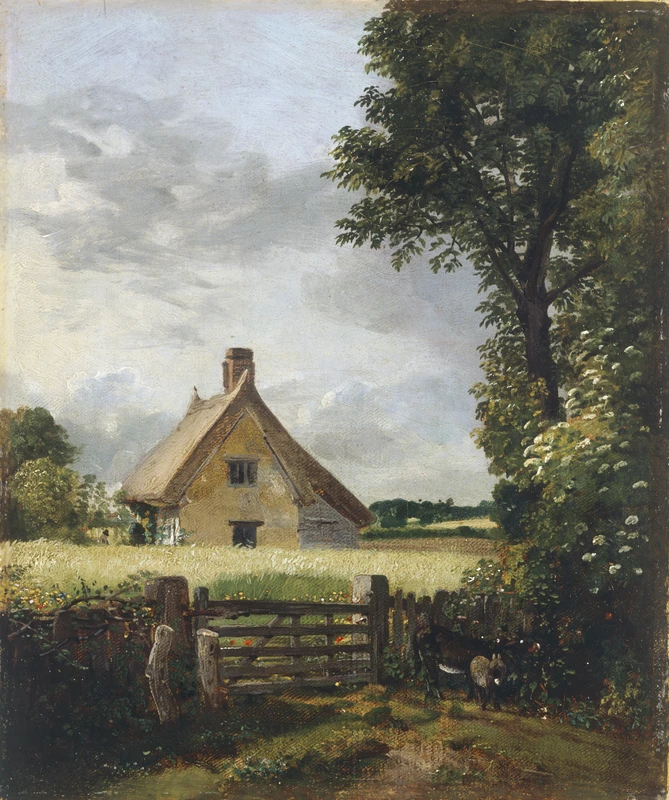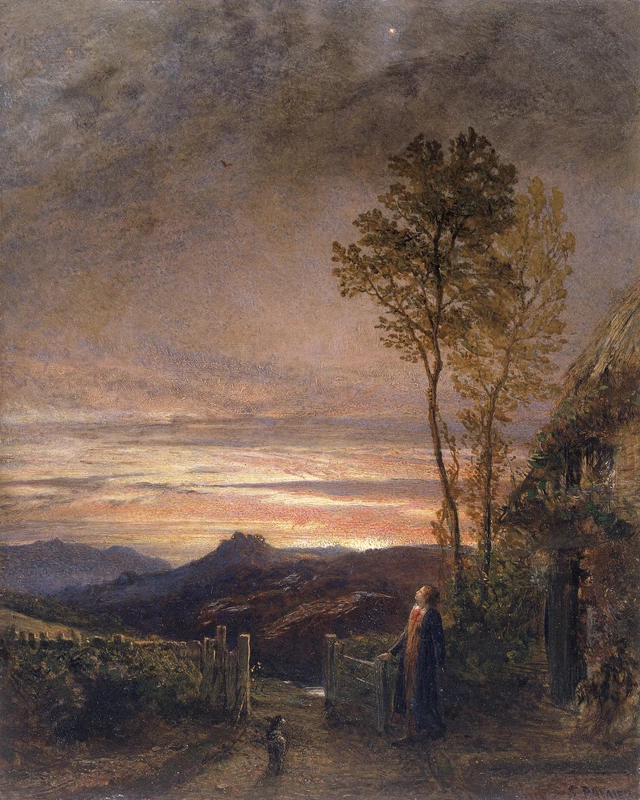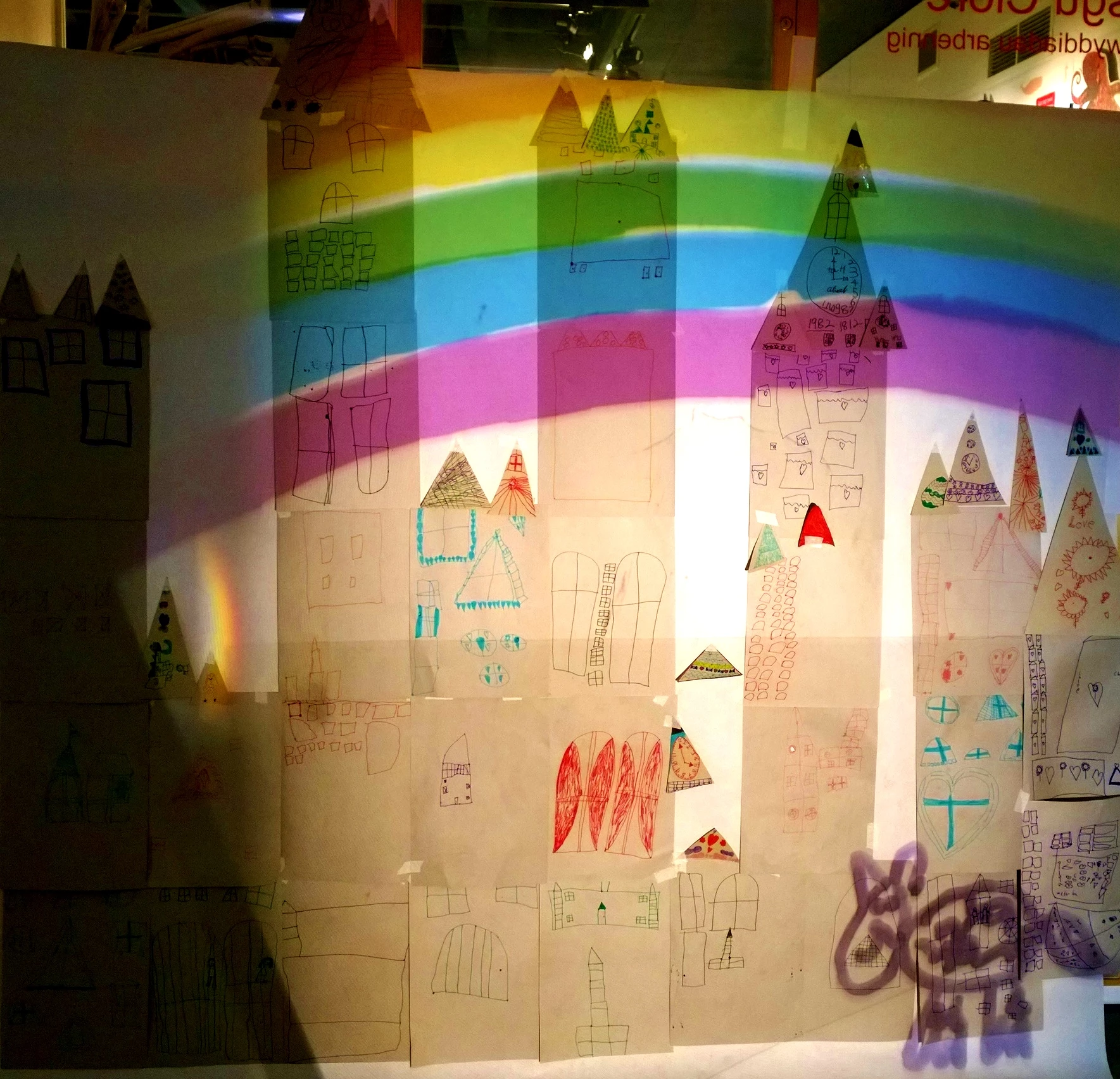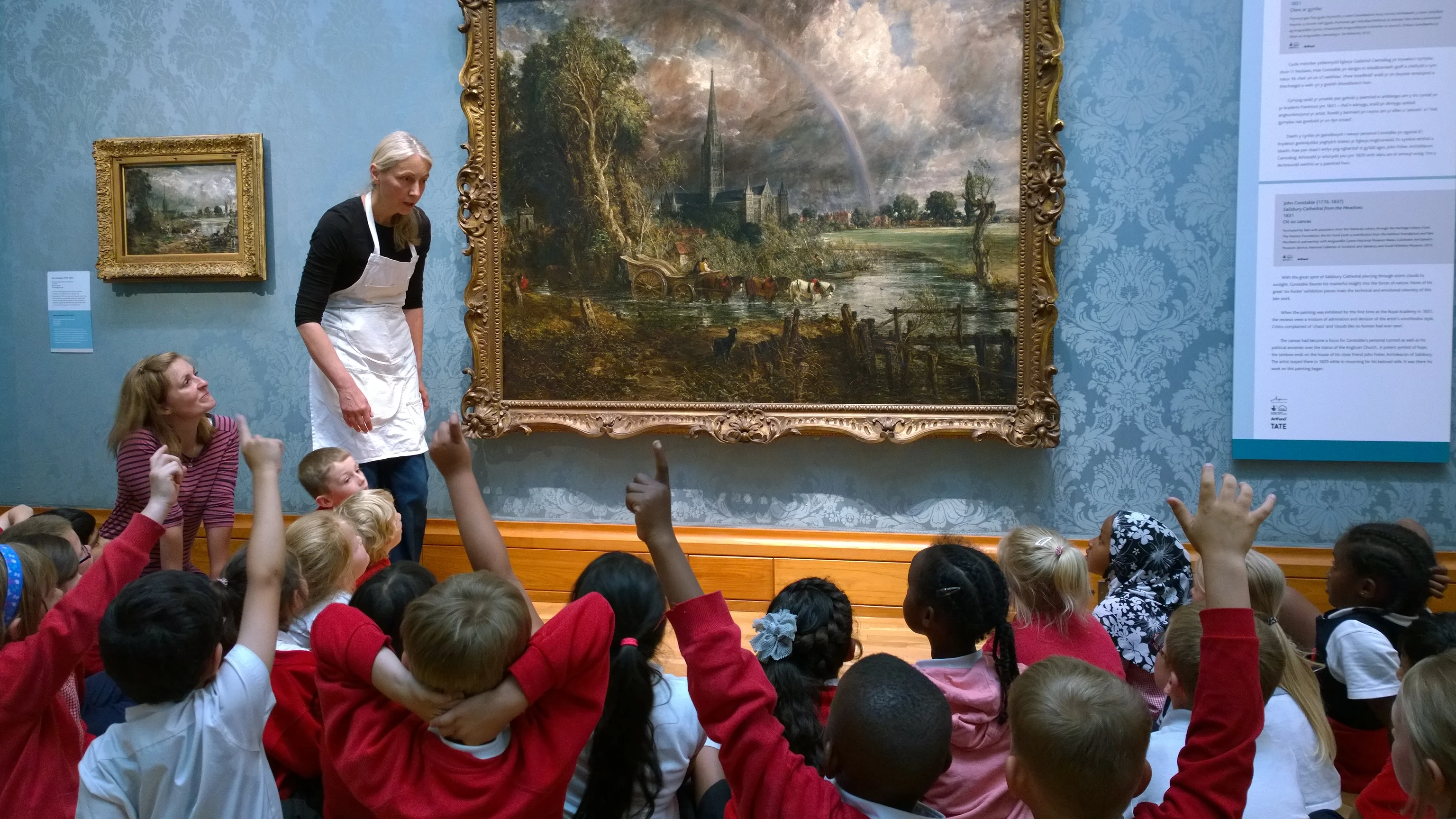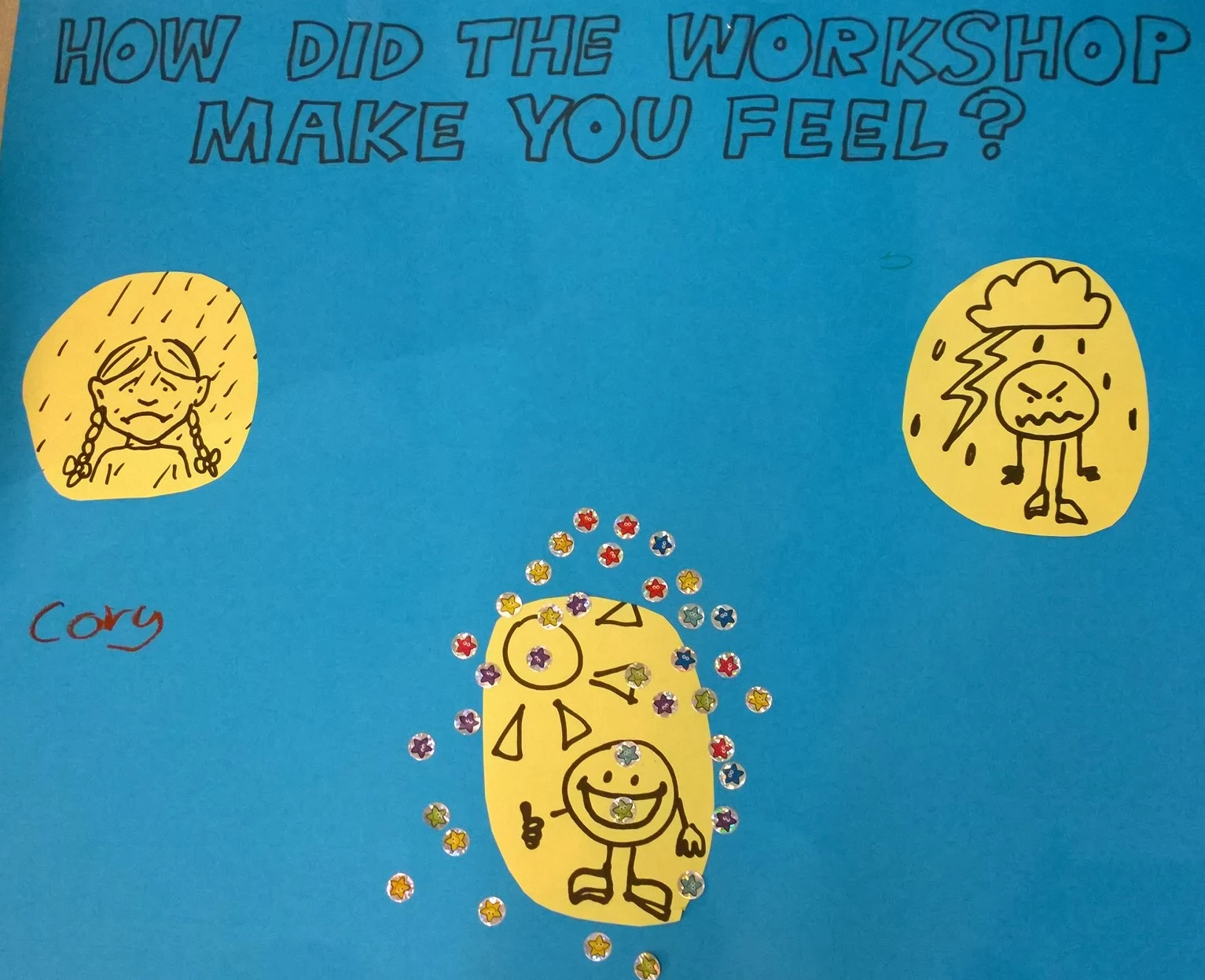LGBTQIA+ History Month
, 5 Chwefror 2025
1 Corinthians 12 introduces its readers to the lasting image of the fledging church as a physical body – each part with different but important roles to fulfil. This metaphor has endured for centuries, and is a challenging one for many Christians today, who struggle with things like hard denominational boundaries and tribal us/them attitudes. For Fr. Ruth, a queer priest in the Church in Wales (CiW), it has a similarly challenging but uplifting message.
Ruth is a curate (trainee vicar) in the Islwyn Ministry Area in the Diocese of Monmouth, and she’s part of a team that looks after twelve different churches up and down the Gwent Valleys. She’s also bisexual, gender-non-conforming, and in a civil partnership with her spouse, Hannah. In addition to her ministry in the CiW, Ruth is one of four Pastoral Leaders of an ecumenical LGBTQ+ church in Cardiff called The Gathering.
If that surprises you, that’s okay. But, despite what you may have been taught, queer people have always been a part of the life of the church. We have always been vicars, ministers, deacons, worship leaders, caretakers, congregants, youth group leaders. We are a part of the heritage and life of the church in a way that has, for too long, been overlooked and brushed aside.
The Anglican Church, in particular the Church of England, is undergoing a real reckoning at the moment over the issue of blessing same-sex marriages. The CiW has already had this conversation, and voted in 2021 to bless the marriages of same-sex couples. Whilst, for many, this does not go far enough, it is generally seen as a good first step, and it sets a precedent for other Anglican churches also having this discussion. It also puts those campaigning for marriage equality in a really good position for the Church in Wales to formally allow the sacramental celebration of marriage (hopefully) soon. The current position is bittersweet for many, though. As Fr. Ruth explained to me: “When the current legislation passed, that was a huge change for the Church in Wales. But I felt quite conflicted about it. In part, I am delighted that we can offer something to people for whom the church have been offering nothing. But, in part, it feels like a half-hearted step, where, what you're saying is ‘we're going to recognise that these relationships are good and holy and that God can bless them, but we're not willing to offer you the sacrament of marriage’. It feels theologically incomplete. And it's hurtful, as a queer person in a relationship, to know that the sacrament of marriage is withheld from us.”
It is still a huge deal, though, especially when you consider the length of Christian history that we were completely excluded from the public life of the church. We were still there, though, in closets and in the background, and I like to find queerness reflected in artwork throughout Christian history. It’s forever fascinating to me the ways in which artists, for hundreds of years, have been interpreting biblical stories in ways that we, as audience members and critics, can see the homoerotic. In this artwork, we can see ourselves reflected; here, in the shadow of gender transgression, there, in the hint towards homoeroticism. Indeed, for many artists throughout history, the only acceptable outlet for them to express their homoerotic desires was to displace them through artistic interpretations of ‘safe’ stories and figures – biblical scenes and characters. For example, artwork depicting the martyrdom of St. Sebastian is almost always homoerotic – after all, an attractive young man, mostly naked, is often depicted as being penetrated by arrows.
For Ruth, the ways in which she honours her place in the Church, and where she sees herself in the heritage of the church, is through the practise of the Eucharist. A useful image for her in thinking about the Eucharist is that of a human heart. “During the Eucharist, the church is like the chambers of the heart. It draws in that which needs nourishment. In the movement of the Eucharist, the nourishment is received, like blood going out to the lungs and coming back again, and then it's sent back out into the rest of its community.” So, when Jesus says, at the Last Supper, “Do this in remembrance of me” (Luke 22:19, NRSV), and we partake in this remembrance, we become a part of something bigger than us – an invisible string that stretches back centuries, connecting everyone across the world that’s ever remembered Jesus’ life in this way, like branches of a nervous system spanning time and space and holding us together. In this act of remembrance, “in becoming the body of Christ, all of the boundaries get blurry. So we become parts of a whole. That requires all of our differences.” It requires our differences in sexuality and gender identity, and how we interact with the world around us as embodied creatures. “As someone who the church historically would have said ‘we have no need of you’, I find it really, really heartening that those who still wish queer folks weren’t in ministry can't say ‘we have no need of you’. Because here we stand within the sacramental honours of the life of the church. You cannot say to me: I have no need of you. The challenging side is, I can't say to them I have no need of them either. We are brought together in that wholeness. And that wholeness is of God and so it's not up to us to say we have no need of one another.”
In a world full of divisive individualism, rituals like a Eucharist serve as an important reminder that we are a part of a much, much larger whole. The human body is an ecosystem of multitudinous grace, apathy, compassion and anger – never just one thing, always many interlinking feelings and experiences and beliefs. And, if a single human body is an ecosystem, how vast must the ecosystems of our societies be? Another word for Eucharist is Communion. This is the term that I grew up with in my faith tradition, and it holds both a special and fraught place in my heart because of it. The obvious reason behind it being called Communion is that it is through this ritual that we commune with God – we honour Jesus’ life and death, and are in communion with something greater than ourselves. But, through the connections and interconnections of this action, are we not also in communion with one another? Are we not then, in spite of all the things that separate us, one body?
‘Indeed, the body does not consist of one member but of many. If the foot would say, “Because I am not a hand, I do not belong to the body,” that would not make it any less a part of the body. […] If the whole body were an eye, where would the hearing be? If the whole body were hearing, where would the sense of smell be? But as it is, God arranged the members in the body, each one of them, as he chose. If all were a single member, where would the body be? As it is, there are many members yet one body. The eye cannot say to the hand, “I have no need of you,” nor again the head to the feet, “I have no need of you.” […] If one member suffers, all suffer together with it; if one member is honoured, all rejoice together with it.’ (1 Cor. 12:12-26, NRSV).

